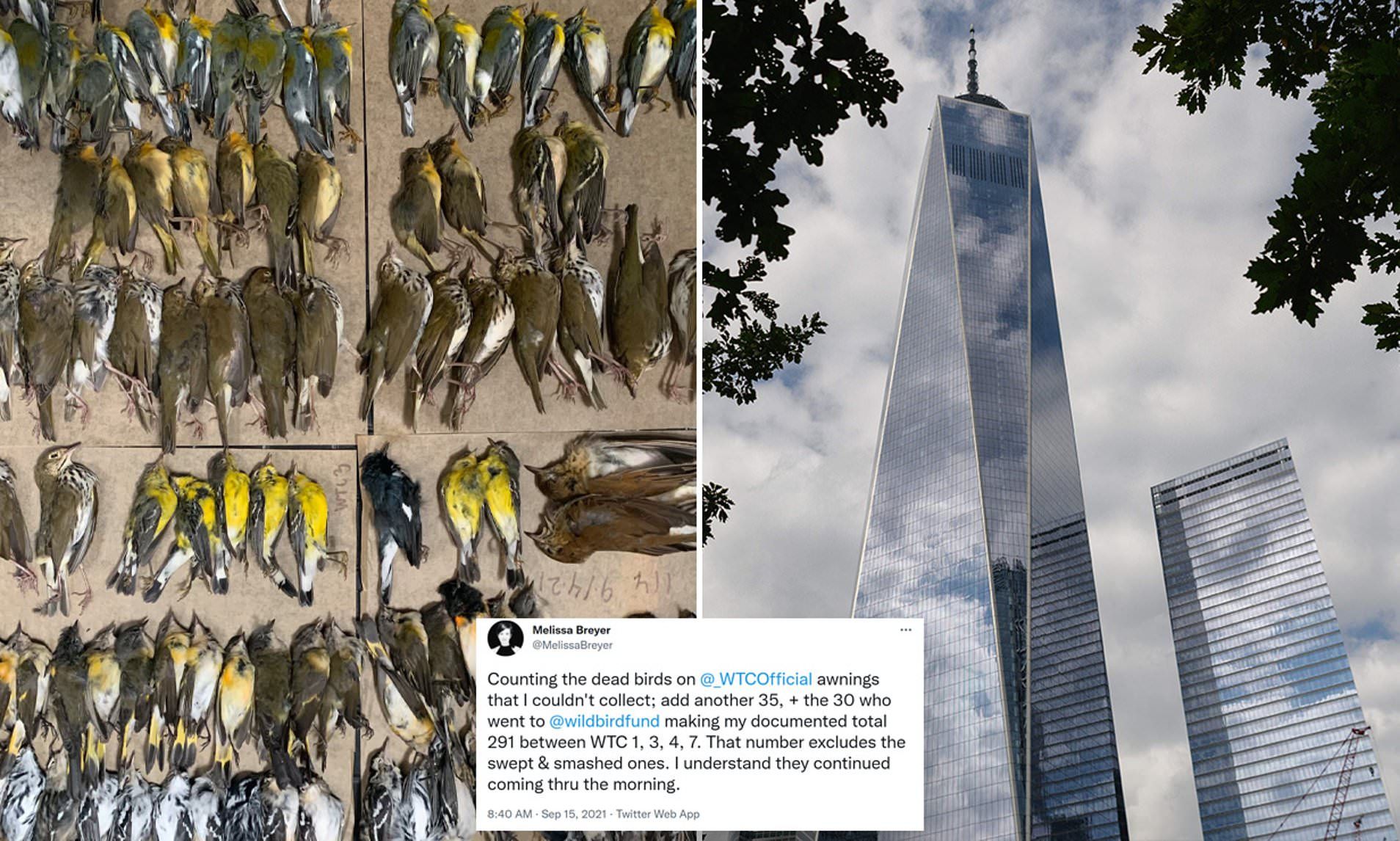
Hundreds of songbirds migrating through New York City met their deaths after crashing into the skyscrapers in the city. The deaths, spotted by tweets from NYC’s Audubon volunteers showing the World Trade Center (WTC) scattered with carcasses.
Songbirds crash into NYC skyscrapers
“This week’s avian death toll was particularly high. But bird strikes on Manhattan skyscrapers are a persistent problem that NYC Audubon has documented for years. We had a big storm and sort of weird weather and lots of birds. And that’s sort of the perfect combination that can lead to bird-window collisions,” said Kaitlyn Parkins. The associate director of NYC Audubon’s conservation and science. “It seems that the storm might have brought the songbirds in lower than they would have otherwise have been. Or, just disoriented them. The effects of nocturnal light on birds is also quite strong, especially when it’s a cloudy night,” she added.
According to the society’s volunteers, the bird deaths were spotted at high-risk locations during their migration. Melissa Breyer, a volunteer who tweeted about finding almost 300 birds near the WTC towers, called it an overwhelming experience. “As soon as I got to the buildings, the birds were everywhere on the sidewalk. Looking north, covered, south, covered, west, covered, the sidewalks were covered with birds,” she said. Out of the several hundred, about 77 birds were going to a rehab facility in New York’s upper west side. The recovered birds were later released in Brooklyn’s Prospect Park.
Solutions for reducing bird deaths
According to the members of NYC Audubon, the owners of the World Trade Center and other adjacent towers must help in reducing bird deaths. According to experts, they can achieve this by treating glass to make them more visible to birds. In addition dimming, lights at night can be a great aid. “Make it so that they can see it and recognize that it’s a solid barrier that they cannot fly through,” quoted Parkins.
“The first 200 feet of One WTC encased in glass fins that are non-reflective. This design, selected because it greatly reduces bird strikes which mostly occur below 200 feet”, said Jordan Barowitz. Barowitz is a spokesperson for Dust Organisation, the codeveloper of One World Trade Center.
In addition to this, a spokesperson for Silverstein Properties, the developer of the other three trade center towers reached out via email. “We care deeply for wild birds and protecting their habitat in the five boroughs. Understanding that artificial night-time lighting, in general, can attract and disorient migrating birds, we are actively encouraging our office tenants to turn off their lights at night and lower their blinds wherever possible, especially during the migratory season,” said Dara McQuillan, their spokesperson.
